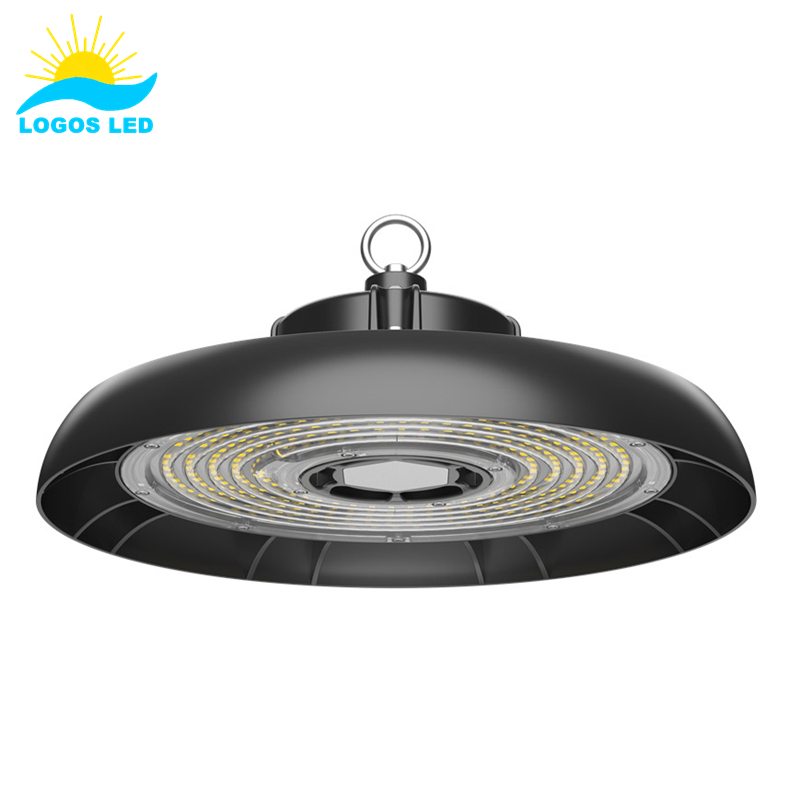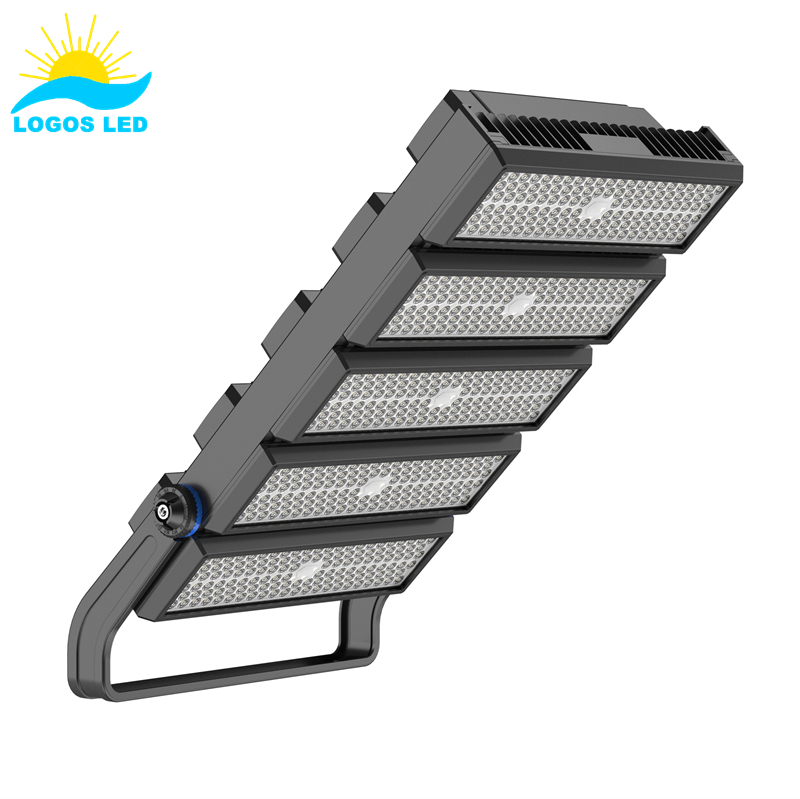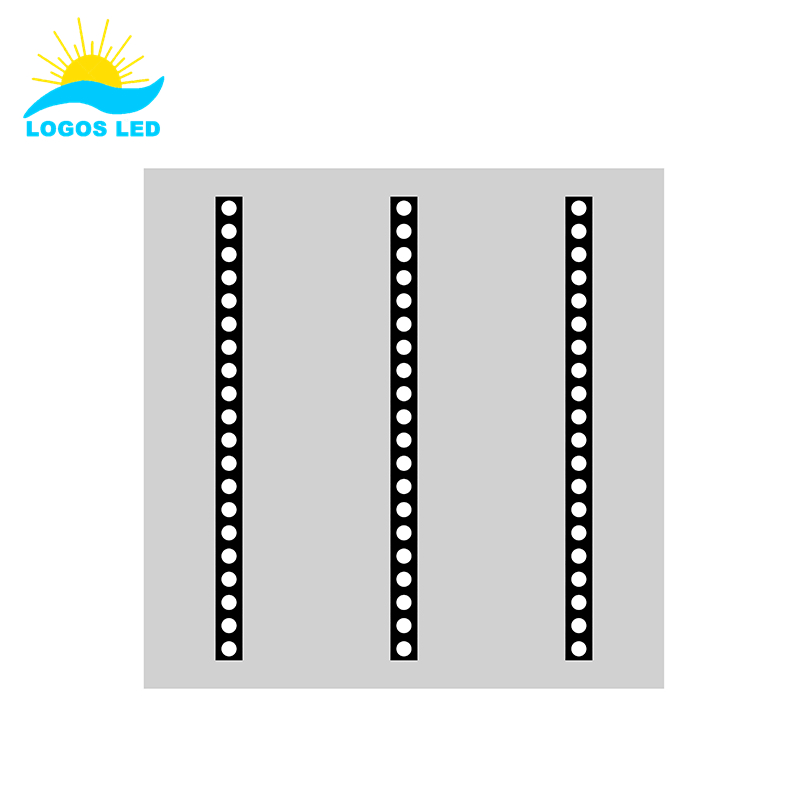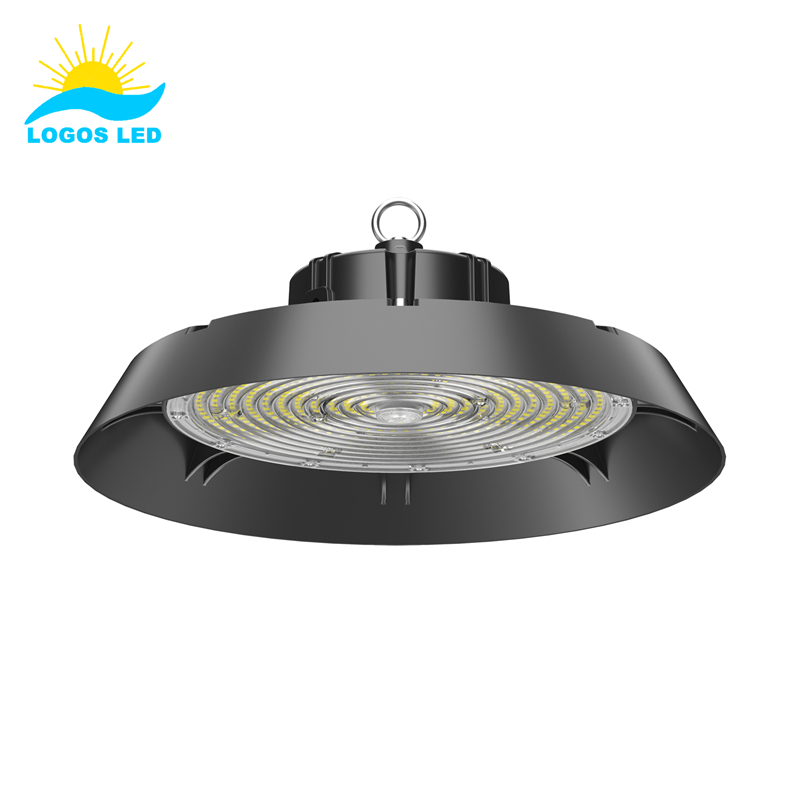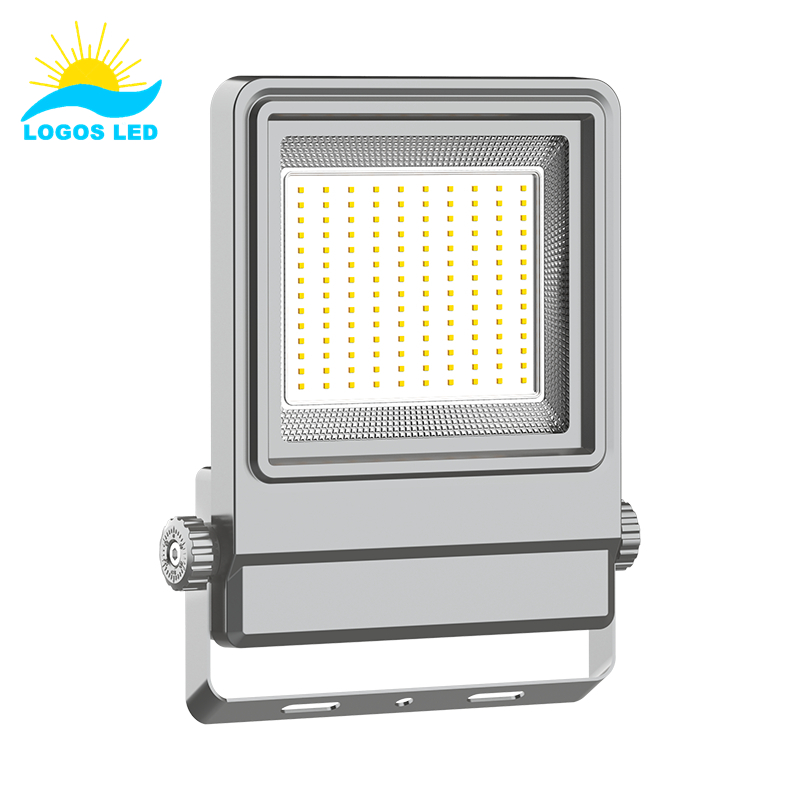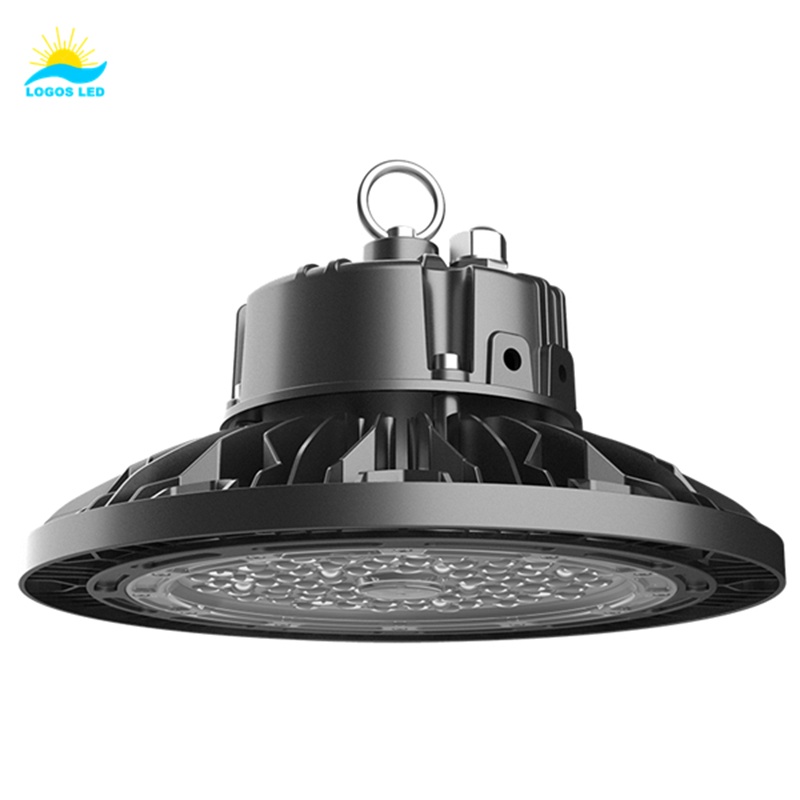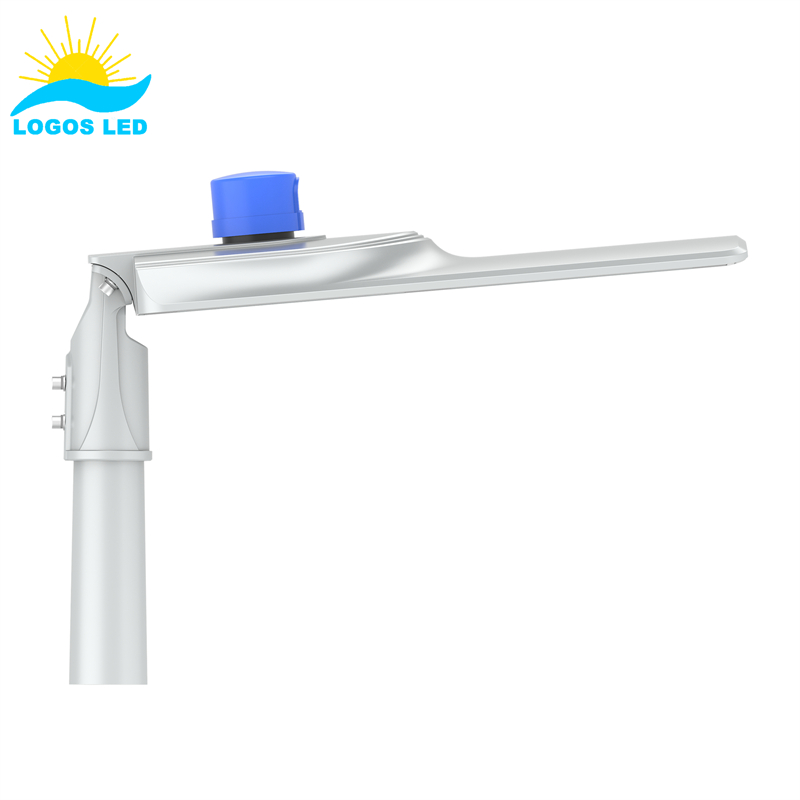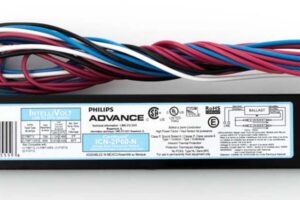Ever noticed your LED lights drifting in color and wondered why? If ignored, color shifts can ruin lighting experiences and reputations. Thankfully, by understanding causes and solutions, you can avoid these headaches.
LED color shift means a change or drift in the original color output of an LED over its lifetime, resulting in noticeable differences in color tones. Important factors include heat buildup causing phosphor or chip degradation, improper LED driver selections, inconsistent manufacturing batches, and insufficient thermal control. LED color shift significantly impacts the aesthetics, reliability, and satisfaction of lighting projects where maintaining LED color consistency is critical. Combating color shift involves proper thermal management solutions, selecting high-quality components, adhering strictly to standardized ANSI LED binning standards, and considering LED lumen depreciation when designing your lighting solutions.
Let’s dig deeper into why LED color shift matters and what you can do to prevent it in your lighting projects.
Table of Contents
What Exactly Is LED Color Shift, Anyway?
Why Does LED Color Shift Occur?
Several factors contribute to LED color shift, but the main reason is typically heat. LEDs generate heat when they operate, and if not managed properly, this heat can damage the internal parts of an LED, like the phosphor coating or semiconductor chip. This damage leads to LED phosphor degradation, causing those unwanted color shifts. Other factors include improper LED driver compatibility, where using substandard drivers can alter the current and voltage, impacting light output. Inconsistent manufacturing processes and inadequate control via LED binning standards also play a role, leading to unstable chromaticity and inconsistent LED color consistency in batch productions.
How Does LED Color Shift Impact Your Project?
LED color shift can significantly impact the success of a lighting project by affecting the intended ambiance and functionality. In retail environments, for instance, consistent lighting is key to maintaining a high-end appearance and influencing consumer perception. A noticeable color shift can tarnish a brand’s image, giving an unprofessional impression and suggesting poor quality control.
In warehouses or factories, inconsistent lighting can strain workers’ eyes, reduce visibility, and compromise safety and productivity, all of which are critical for operational efficiency. Similarly, for outdoor fixtures like street lights or high mast lights, color differences can diminish visibility, reducing safety for pedestrians and vehicles.
By understanding these impacts, businesses can take proactive steps to manage and mitigate the effects of LED color shift, ensuring their lighting investments continue to meet project goals effectively.
The Significance of Maintaining LED Color Consistency
Maintaining uniform LED color consistency is crucial for several reasons. Consistent lighting conveys professionalism, enhances comfort levels, and preserves visual harmony in both indoor and outdoor applications. This is particularly important for spaces like retail environments, where lighting impacts brand perception and customer experience.
By adhering to ANSI LED binning standards, manufacturers can minimize chromaticity deviations, ensuring that all lights within a project maintain the same appearance and quality. If color consistency is overlooked, projects risk uneven appearances, which can detract from aesthetic appeal and compromise customer satisfaction—a scenario no business wants to face.
Overall, maintaining LED color consistency is vital for upholding the integrity and effectiveness of lighting design, reinforcing brand trust and helping businesses achieve their lighting objectives.
Understanding Correlated Color Temperature (CCT)
Think about CCT like color warmth or coolness of your light source—measured in Kelvin (K). A lower Kelvin rating produces warmer, yellower hues, while higher Kelvin means cooler, bluer shades. Shifts in CCT degrade visual aesthetics and impact comfort. Extreme variations may lead to visible mismatches among luminaires that negatively affect reputation, negatively affect sales, or compromise task accuracy if quality control isn’t prioritized by suppliers.
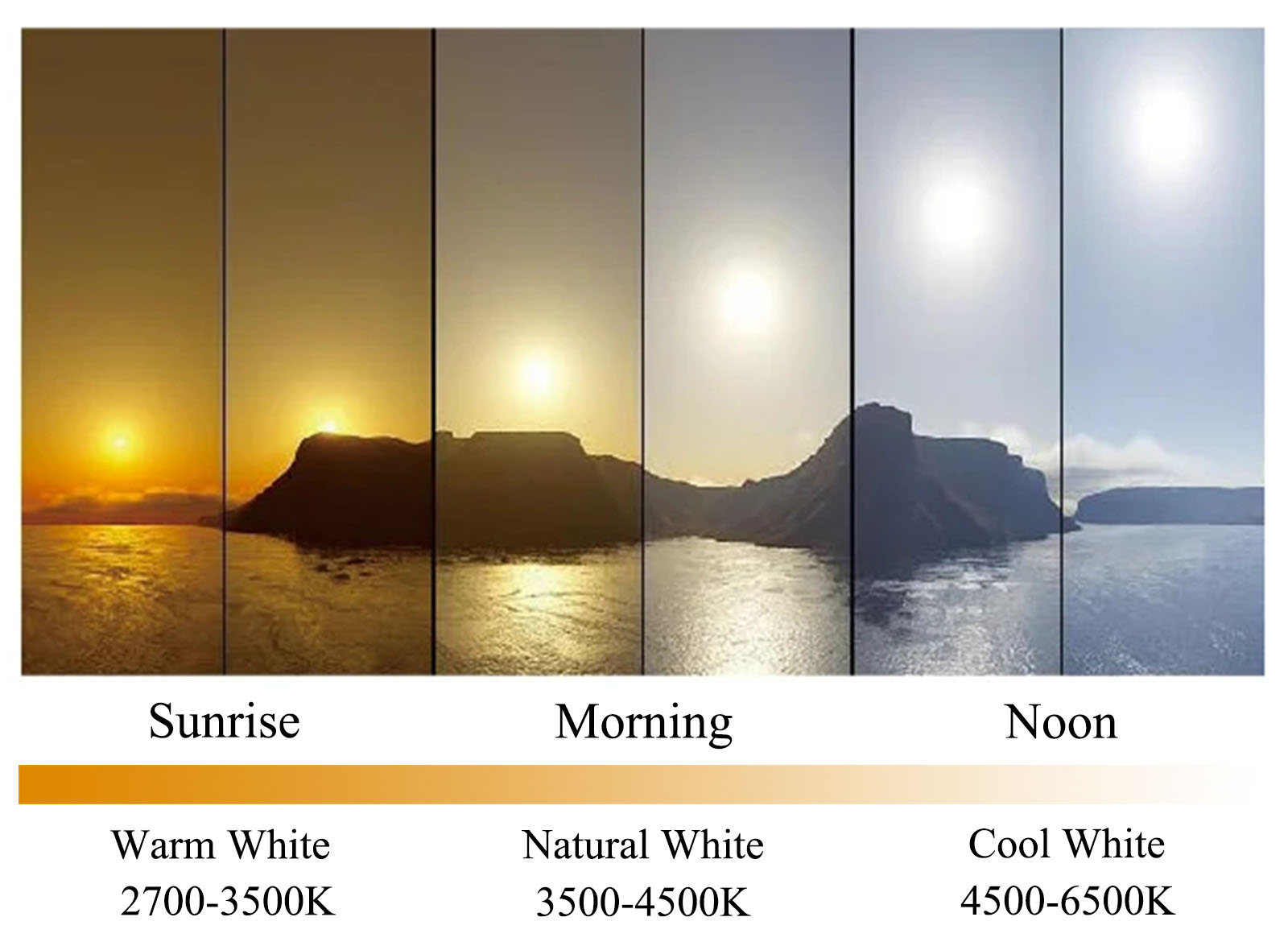
Light Color Temperature
Thermal Management Solutions Can Prevent Color Shift
Effective thermal management is crucial to preventing LED color shift, which occurs as accumulated heat affects an LED’s performance. To control this, it’s important to use fixtures designed with quality heat sinks or advanced cooling elements that efficiently dissipate excess heat generated by LEDs. For high-powered lights like high mast or sports flood lights, ensuring proper ventilation and spacing facilitates efficient cooling. By managing heat effectively, not only does the lifespan of the LEDs improve, but their color consistency is also maintained, ensuring installations continue to look great and perform well over time. Such measures result in better thermal distribution and high lumen maintenance, which are essential for durable LED operation and reliability.
Importance of LED Driver Compatibility
Another influencing factor frequently overlooked involves LED drivers. Poor or mismatched LED driver compatibility directly contributes to LED lumen depreciation and color shift. It’s essential to pair quality LEDs from brands like Lumileds, Osram, or Seoul Semiconductor with trusted drivers from Philips, Osram, Meanwell, or TCI. Quality power regulation ensures stable current flow, helping prevent undesired color shifts. During my interactions with international clients, I’ve noticed that impeccable driver choices make significant differences in reducing early LED failures and undesirable color drifts.
LED Phosphor Degradation—A Key Factor to Address
Phosphor material within LEDs converts blue light emitted from an LED chip into visible white light. However, prolonged operation—particularly under heat exposure—often triggers phosphor degradation, leading to potential color shifts. Cases involving phosphor-related degradation incidences typically arise from low-quality manufacturing techniques or improper cooling methods, something we’ve observed among lower-grade fixtures. At Logos Lighting, our rigorous quality control prevents such premature failures, protecting our wholesale customers from encountering costly and damaging issues.
Complying with ANSI LED Binning Standards Matters
One straightforward way to minimize chromaticity deviation involves strict compliance with ANSI LED binning standards. These standards classify LEDs by color temperature and other optical properties, ensuring batch-to-batch consistency within your fixtures. When manufacturers comply with these international standards, professional customers purchasing in volume can rely upon uniform colors across their projects.
Can Color Shift Issues Be Fixed Later?
Once an LED fixture starts shifting colors due to internal damage, “fixing” it post-installation usually isn’t practical economically. It’s far smarter—and cheaper—to focus on prevention through quality manufacturing, proper thermal management solutions, and strict driver compatibility. Therefore, I always recommend customers opt for top-quality fixtures initially, avoiding headaches caused by retroactive measures or prematurely replacing fixtures at unnecessary costs.
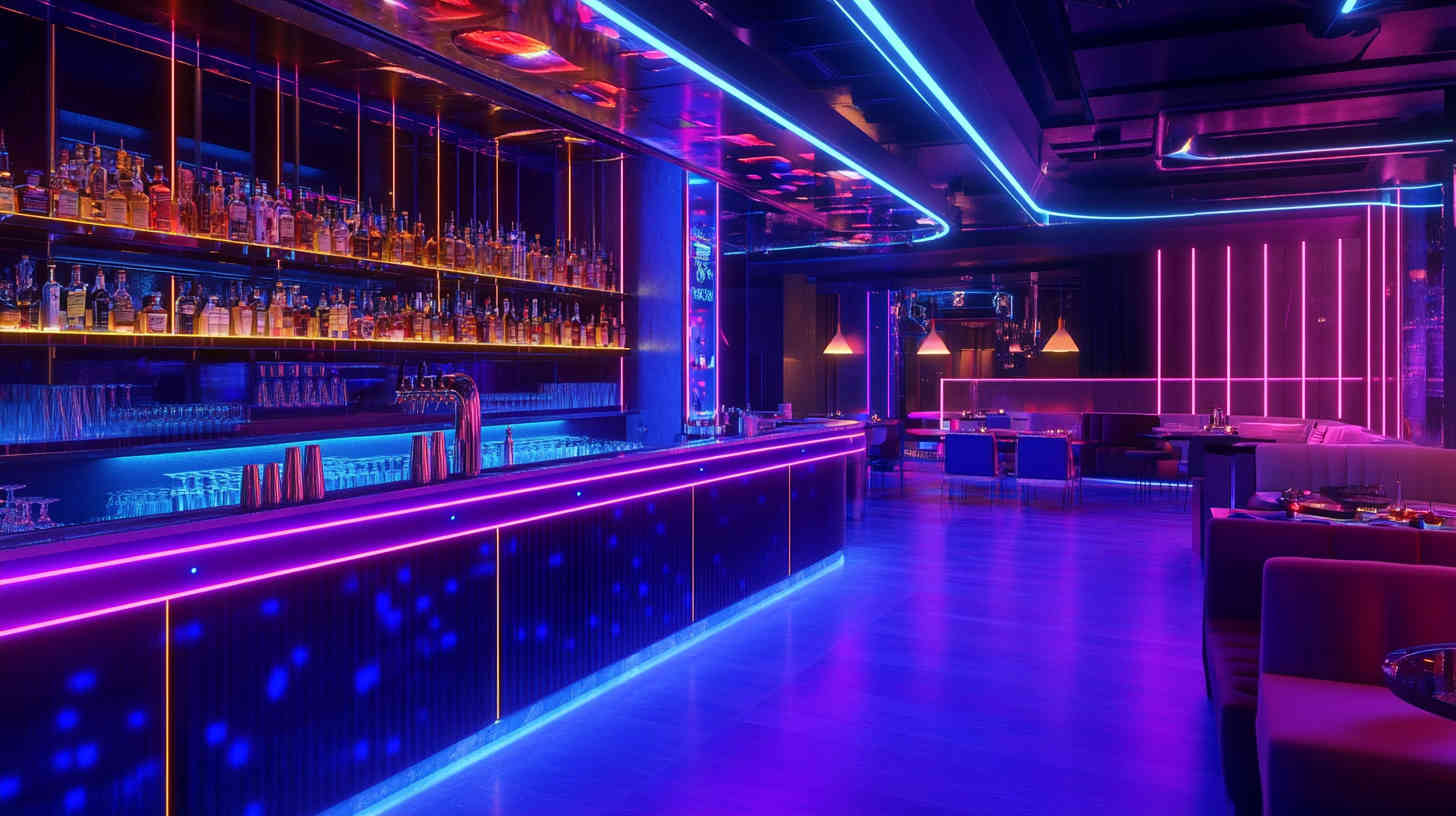
Conclusion
To sum up clearly, LED color shift issues arise due to improper heat management, driver selection challenges, phosphor degradation, and insufficient adherence to vital ANSI LED binning standards. These minor oversights compound into hugely damaging results—compromising safety, diminishing brand experiences, and costing additional resources due to fixture replacements. Establishing partnerships with suppliers committed to quality control and careful product design paramountly helps businesses protect reputations and maintain consistent lighting quality throughout projects.
Have more questions or experiencing color inconsistency issues? Please feel free to reach out to us directly . We’re ready to help!
Request A Free Quote Now!
Send us a message if you have any questions or request a quote. We will get back to you ASAP!




